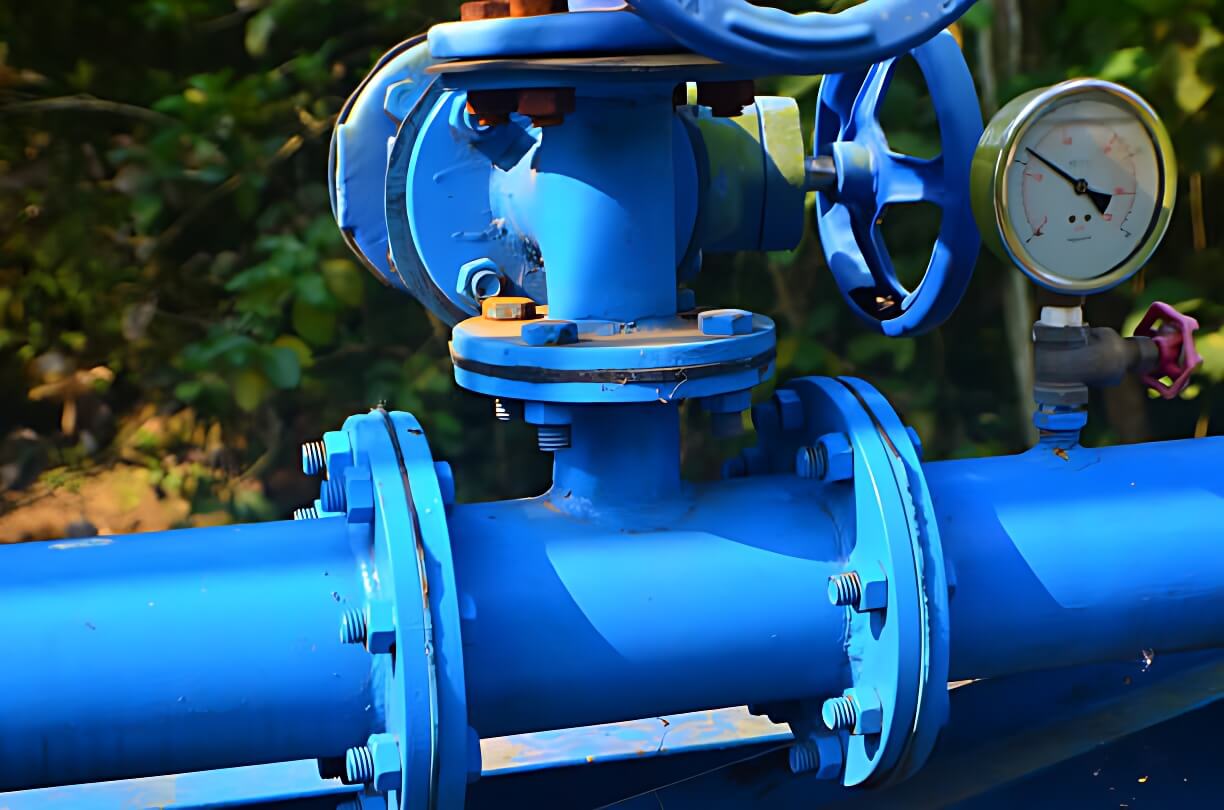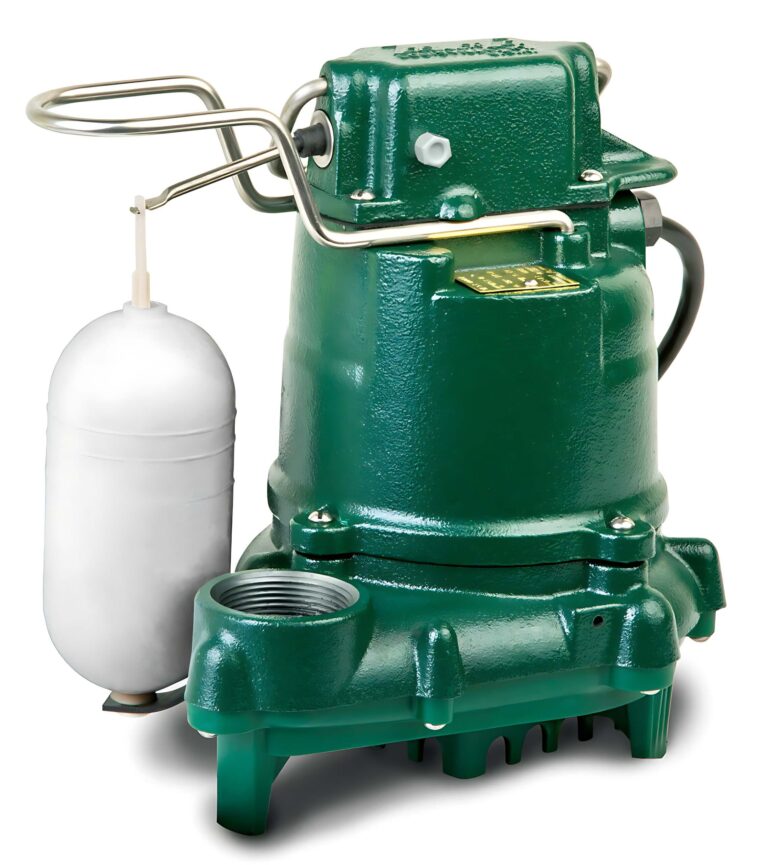The Role of Flow Meters in Process Optimization
In the fast-paced world of industrial processes, optimization is the key to achieving peak performance and maintaining competitiveness. Accurate measurement and control of fluid flow play a crucial role in this optimization process. This is where Flow meter step in, as indispensable instruments that provide real-time data for making informed decisions, improving efficiency, and reducing operational costs.
The Significance of Process Optimization
The industrial landscape, both globally and within the United Arab Emirates (UAE), has undergone remarkable transformations. With this evolution comes a pressing need for process optimization. Why is it so important?
Process optimization encompasses a range of strategies and techniques aimed at enhancing productivity, efficiency, and cost-effectiveness. By fine-tuning industrial processes, organizations can achieve several key benefits:
- Increased Productivity: Optimization allows companies to produce more with the same resources, thus boosting overall productivity.
- Enhanced Efficiency: Streamlined processes are inherently more efficient, reducing waste, energy consumption, and production times.
- Cost Savings: Efficiency gains translate directly into cost savings, a critical factor for competitiveness in today’s markets.
- Improved Quality: By optimizing processes, organizations can maintain consistent product quality, reducing defects and ensuring customer satisfaction.
Types of Flow Meters and Their Applications
Flow meters come in various types, each designed for specific applications and industries. Understanding these types and their reliability is crucial for optimizing processes effectively. Here are some common types and their applications:
- Differential Pressure Flow Meters: Suitable for a wide range of fluids and applications, these meters measure flow by creating a pressure drop across an obstruction. They are widely used but require careful calibration.
- Ultrasonic Flow Meters: These non-invasive meters use sound waves to measure fluid velocity. They excel in applications where a non-contact method is essential, such as in the pharmaceutical industry.
- Vortex Flow Meters: Known for their durability, vortex meters detect the frequency of vortices shed from a bluff body in the flow. They are ideal for measuring turbulent flows.
- Coriolis Mass Flow Meters: These meters measure mass flow directly by inducing vibrations in the fluid and measuring the resulting phase shift. They are highly accurate and immune to changes in fluid properties.
How Flow Meters Contribute to Process Optimization
Flow meters are like the eyes and ears of industrial processes. They provide real-time data that is vital for decision-making, control, and optimization. Here’s how they contribute to process optimization:
- Real-Time Data: Flow meters offer continuous, accurate measurements, allowing operators to monitor processes in real-time.
- Process Control: By adjusting parameters based on flow meter data, organizations can maintain tight control over their processes, reducing variability and improving consistency.
- Resource Management: Flow meters help optimize resource usage, such as water, chemicals, and energy, by ensuring that they are used efficiently.
- Waste Reduction: Accurate flow measurements help reduce waste by preventing overuse of materials and minimizing product defects.
- Energy Efficiency: Flow meters contribute to energy efficiency by allowing organizations to fine-tune fluid flows, minimizing energy consumption.
Precision and Consistency in Product Manufacturing
Industries such as pharmaceuticals, food and beverage, and chemicals rely heavily on precise flow measurements to ensure consistent product quality. Flow meters play a pivotal role in achieving this level of precision by:
- Enabling precise dosing of ingredients in manufacturing processes.
- Maintaining consistent product quality and compliance with industry standards.
- Providing real-time data that allows for immediate corrective action in case of deviations.
For example, in pharmaceutical manufacturing, where product safety and efficacy are paramount, accurate flow measurements are non-negotiable.
Energy Efficiency and Environmental Impact
Efficient resource usage and reduced environmental impact are global imperatives. Flow meters contribute to these goals by:
- Optimizing resource usage: Accurate flow measurements help industries manage resources like water, chemicals, and energy efficiently, minimizing waste and environmental impact.
- Reducing energy consumption: Flow meters enable the fine-tuning of processes, leading to reduced energy consumption and lower carbon footprints.
- Early leak detection: Flow meters play a crucial role in detecting leaks in water distribution and other critical systems, preventing resource wastage and environmental damage.
In a region like the UAE, where sustainability is a top priority due to water scarcity and environmental challenges, Flow meter are instrumental in achieving environmental goals while maintaining industrial productivity.
Challenges and Solutions
While flow meters offer numerous benefits, they are not without challenges. Variations in fluid properties, turbulent flow patterns, and the need for regular maintenance can affect their performance. However, solutions exist to address these challenges:
- Proper Installation: Adhering to installation best practices, including maintaining adequate upstream and downstream straight pipe lengths, minimizes flow disturbances and improves accuracy.
- Calibration: Regular calibration is essential to ensure that flow meters remain accurate over time. Advanced calibration methods, such as online calibration, reduce downtime and maintenance costs.
- Maintenance: Routine maintenance checks prevent issues such as sensor fouling or clogging, which can compromise measurement accuracy.
Future Trends in Flow Meter Technology
The field of flow meter technology is continually evolving, driven by technological advancements and industry demands. Emerging trends include:
- Internet of Things (IoT) Integration: Flow meters are being integrated into IoT networks, allowing for real-time monitoring, remote diagnostics, and predictive maintenance.
- Data Analytics: Advanced data analytics tools are being used to extract valuable insights from flow data, improving process efficiency and identifying potential issues proactively.
- Miniaturization: Flow sensors are becoming smaller and more energy-efficient, making flow measurements accessible in various applications, including wearable devices and remote monitoring.
The future of flow meter technology promises even greater accuracy and reliability, further contributing to the success of various industrial processes.
Conclusion
The role of flow meters in process optimization cannot be overstated. These unassuming instruments provide the data necessary for informed decision-making, control, and resource management. Whether it’s achieving higher productivity, maintaining consistent product quality, or reducing environmental impact, flow meters are at the heart of it all. As technology continues to advance, industries that embrace these innovations will position themselves for long-term success and competitiveness in the dynamic landscape of industrial processes.







